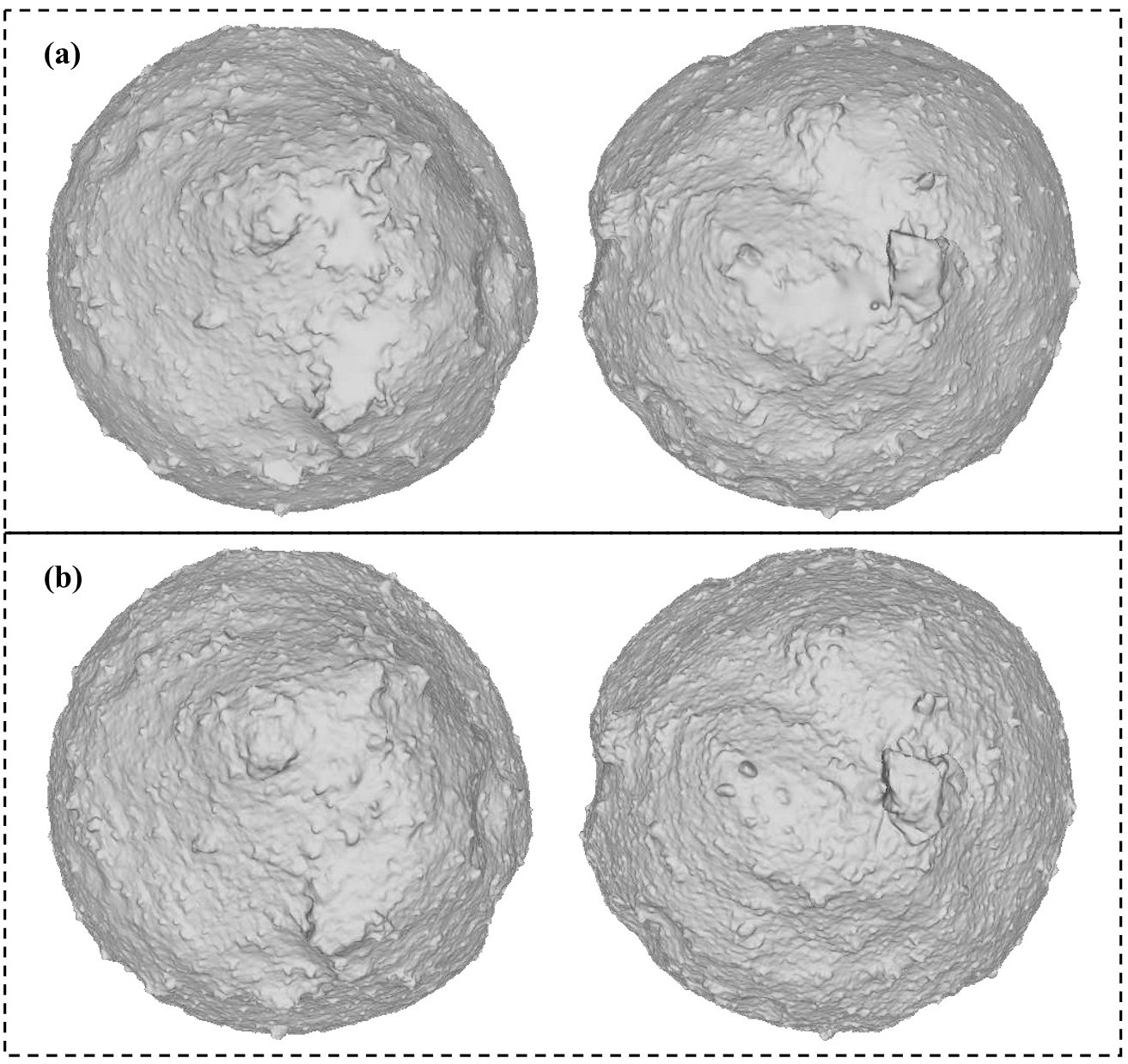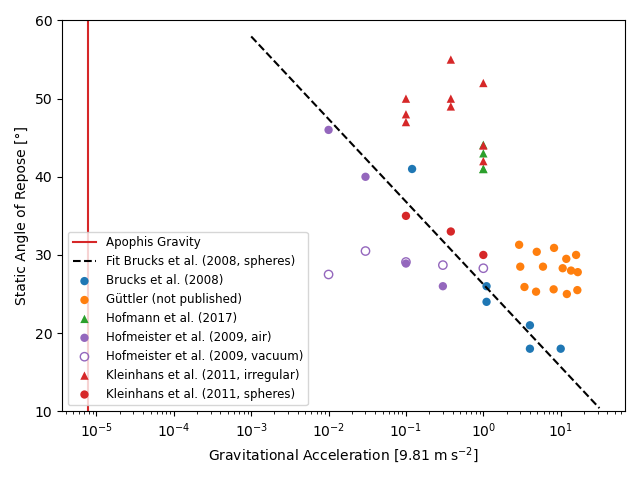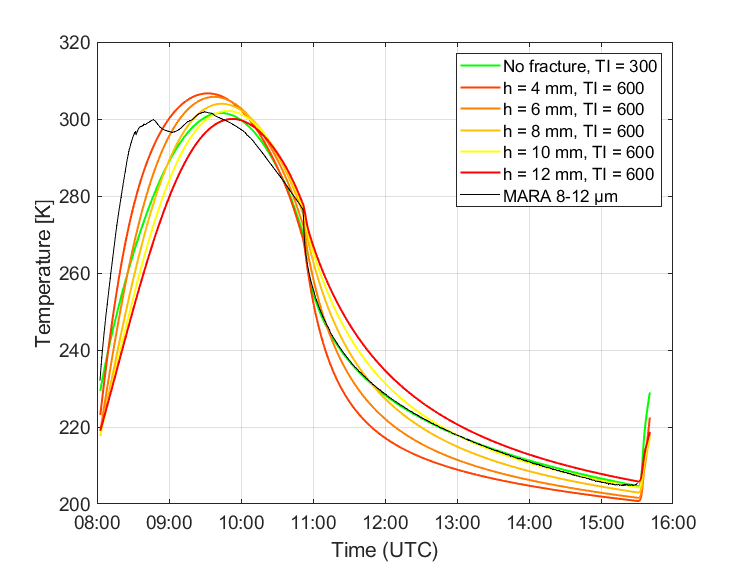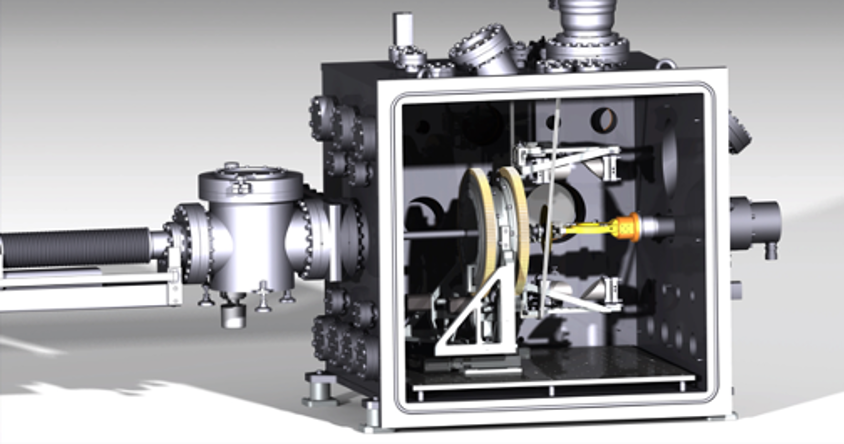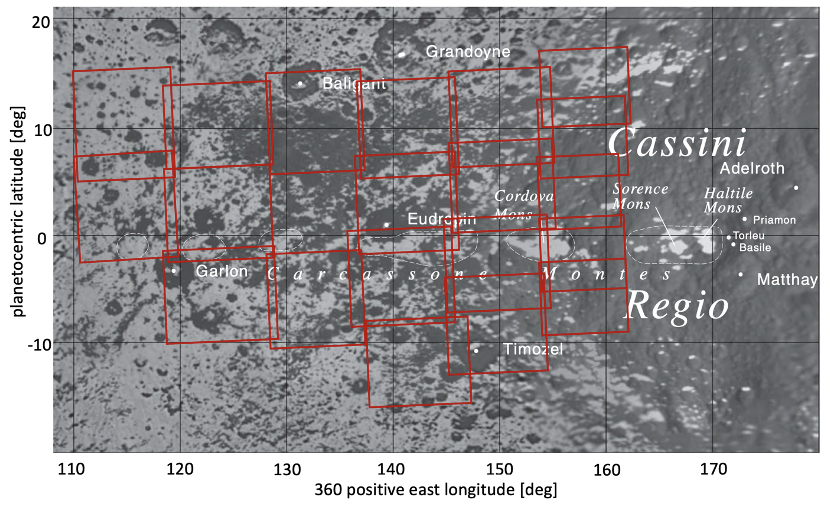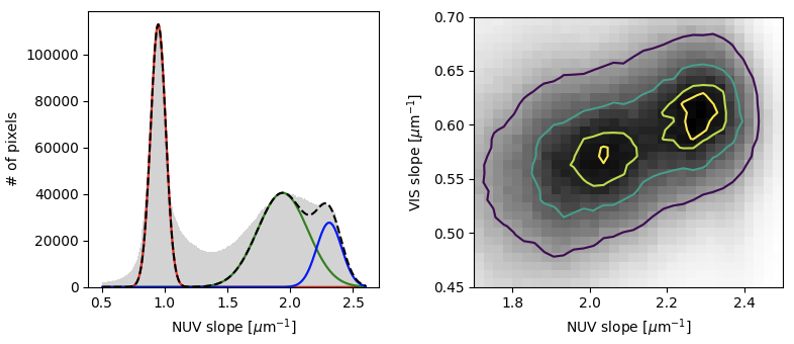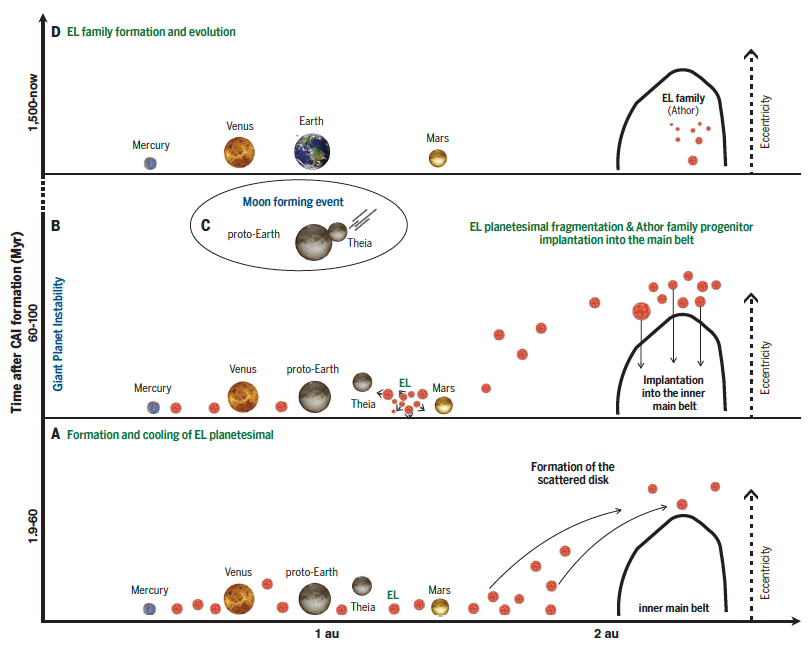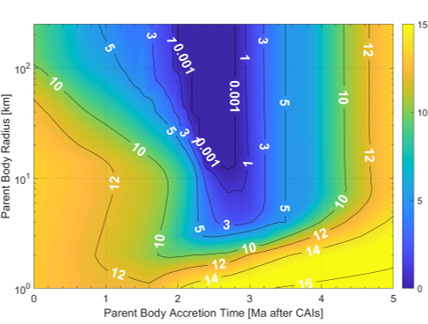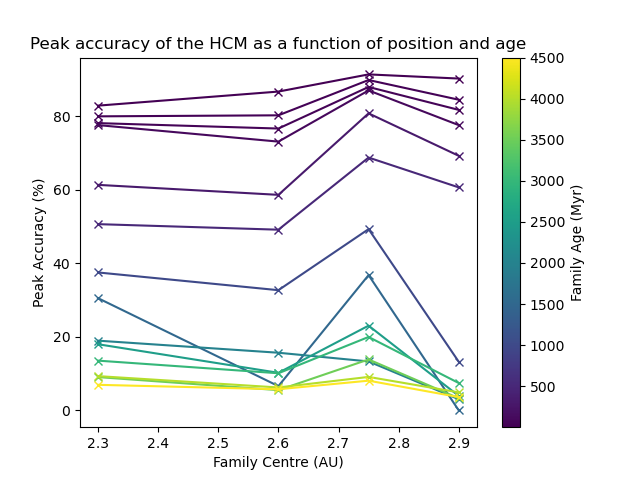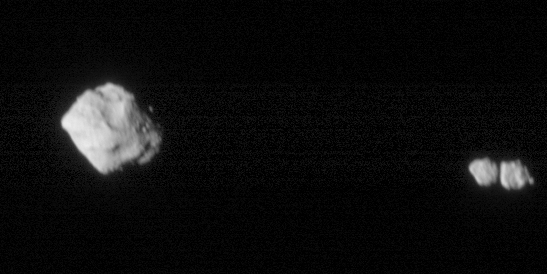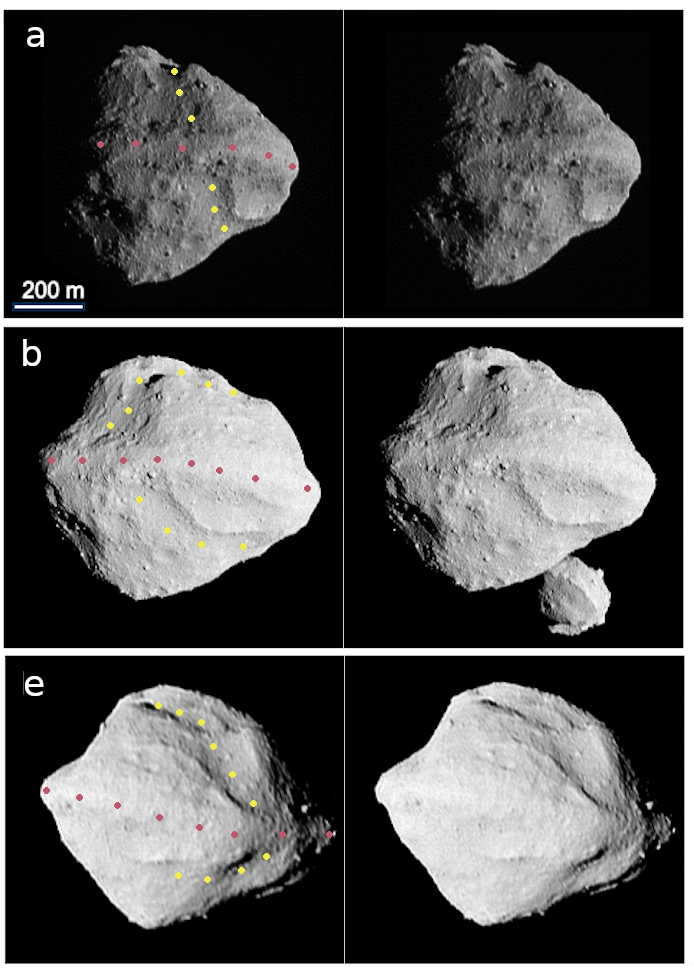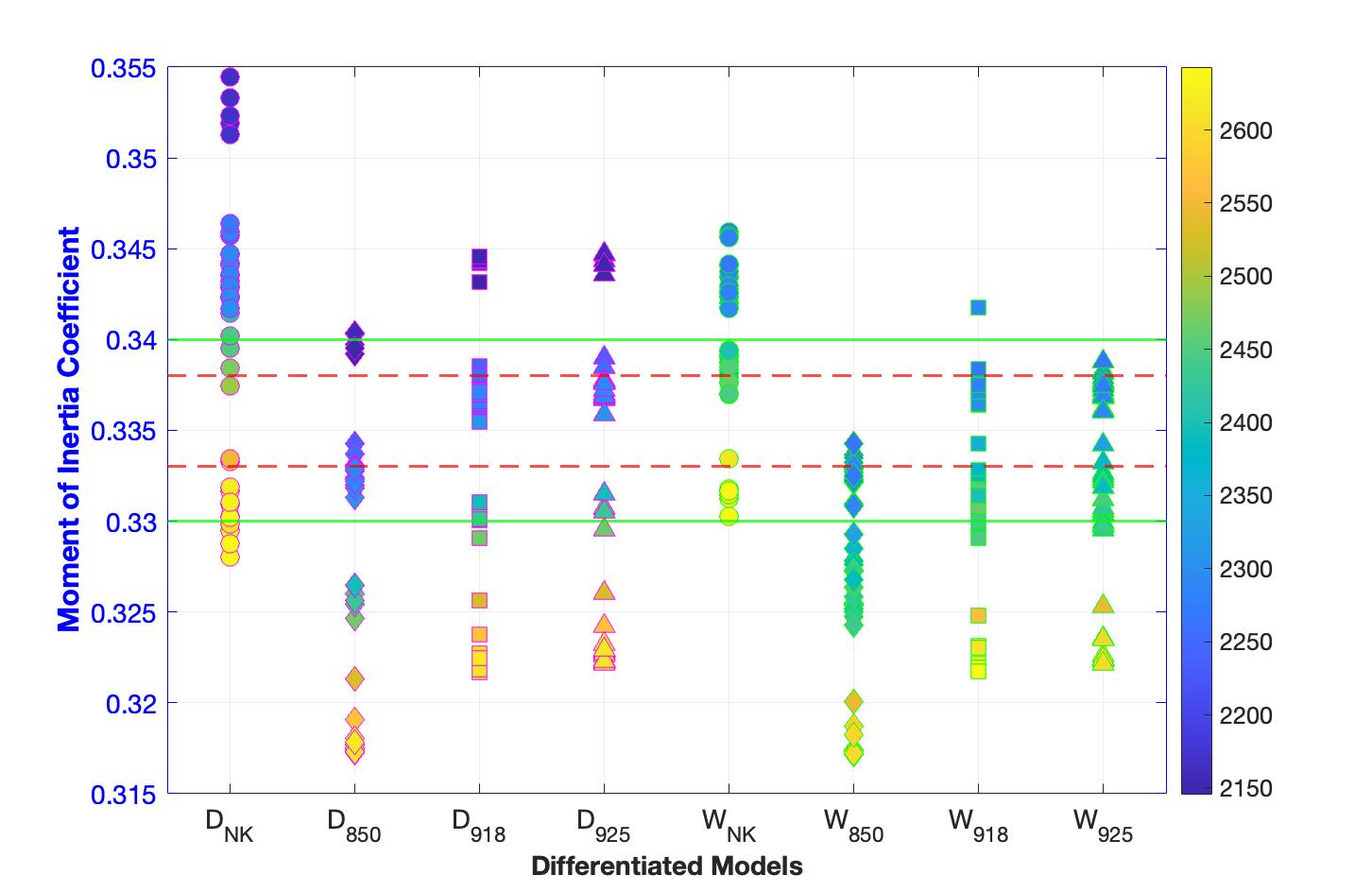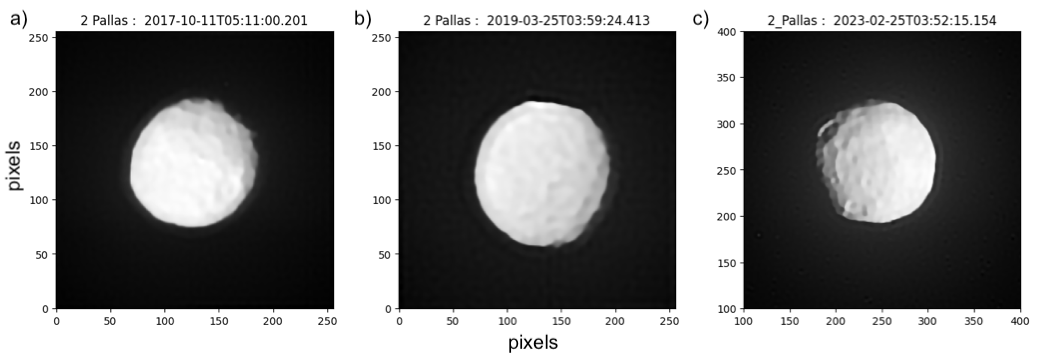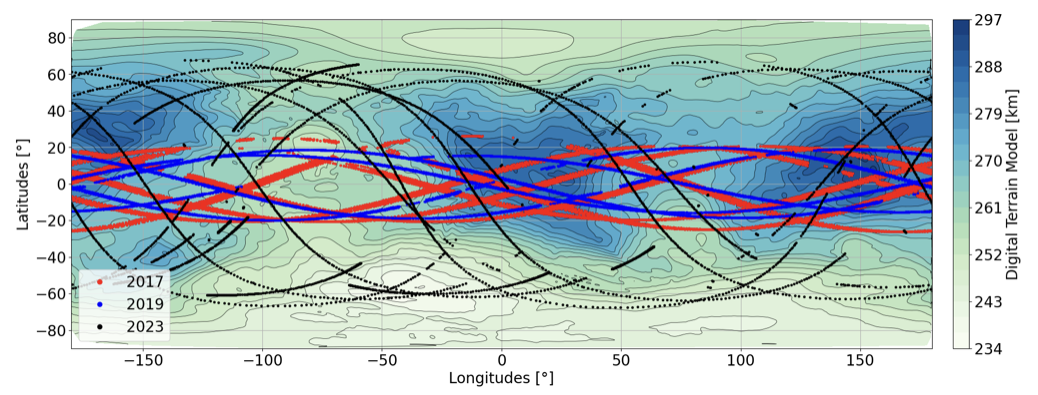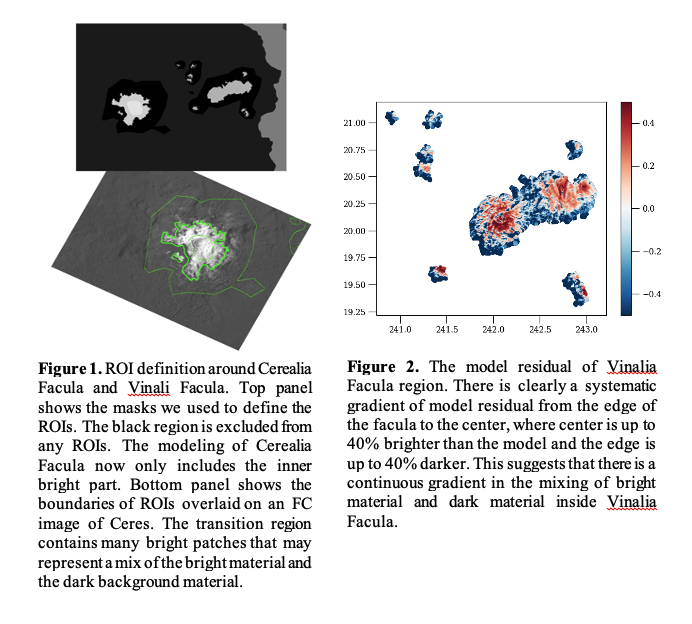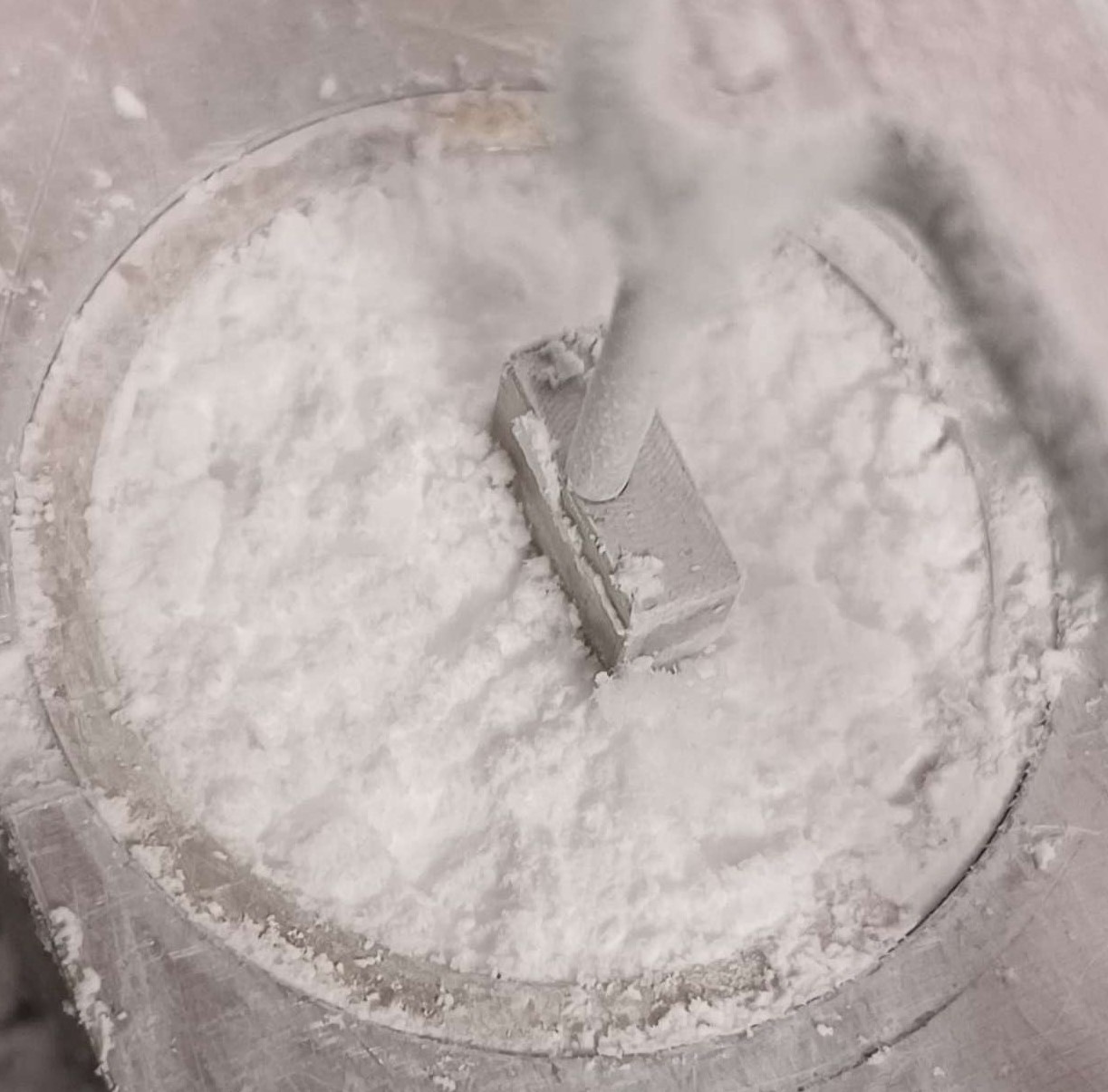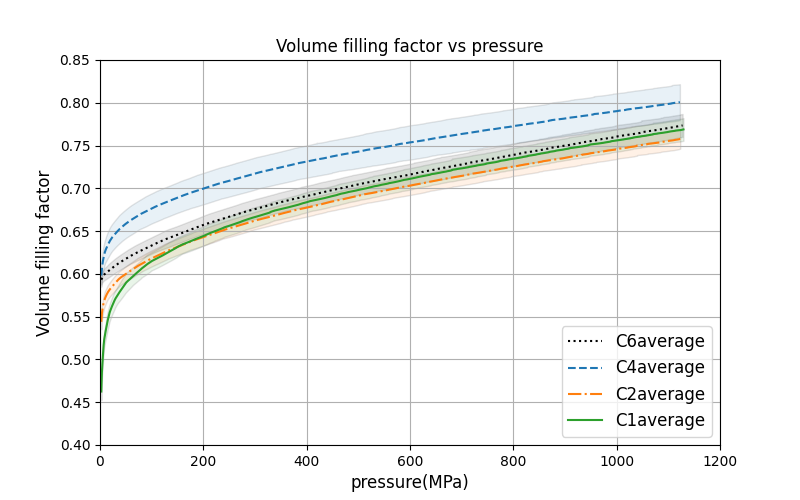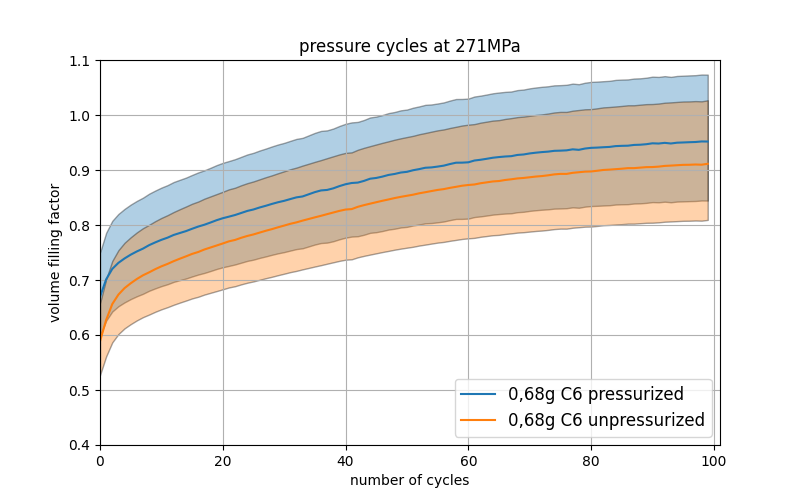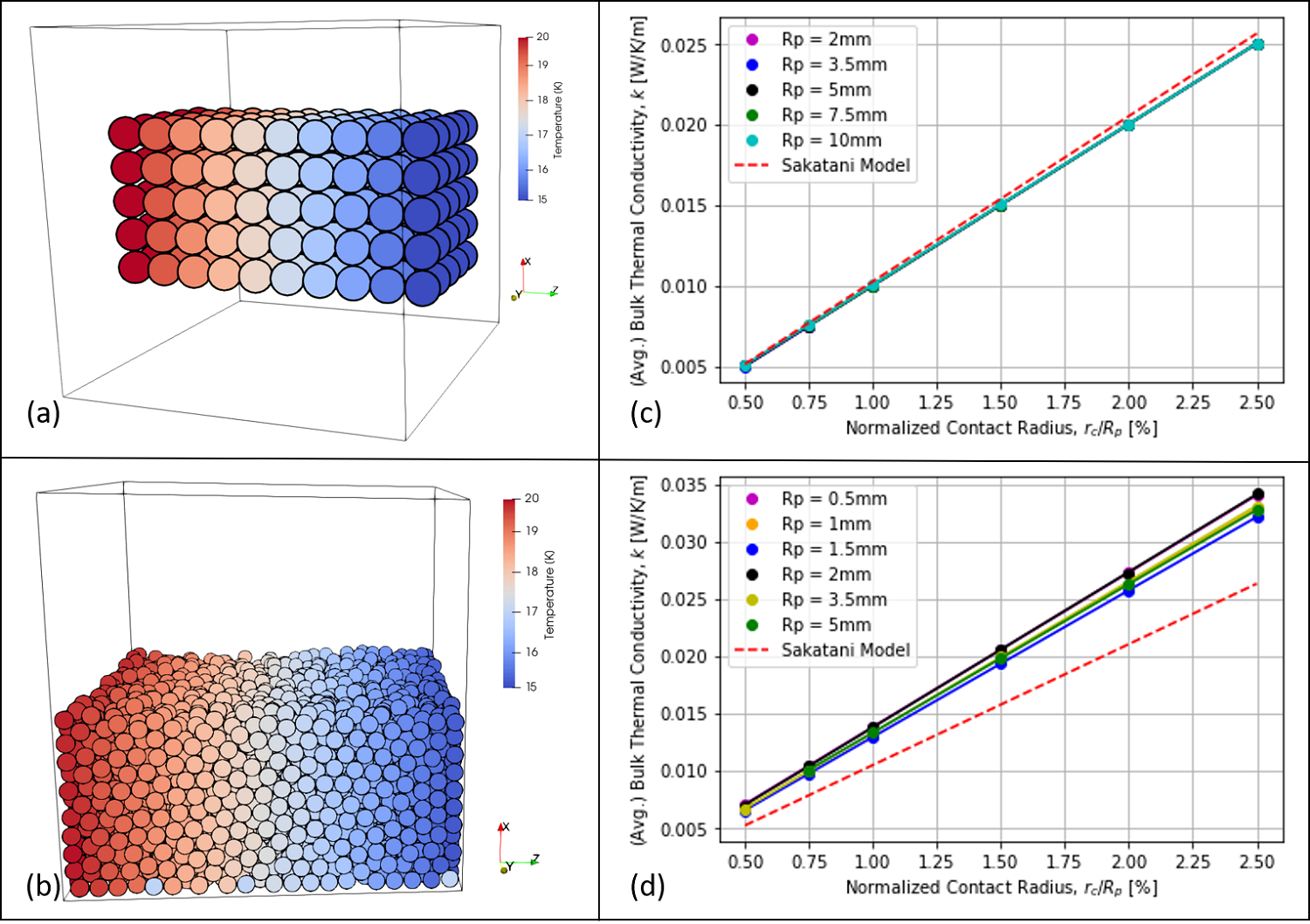SB6
Surface and interiors of small bodies, meteorite parent bodies, and icy moons: thermal properties, evolution, and structure
Convener:
Wladimir Neumann
|
Co-conveners:
Jürgen Blum,
Marco Delbo,
Cécile Deligny,
Wataru Fujiya,
Xian Shi
The session will gather researchers of different communities for a better understanding of the evolution and properties of small bodies, ranging from planetesimals or cometesimals to icy moons, and including meteorite parent bodies. It will address recent progresses made on physical and chemical properties of these objects, their interrelations and their evolutionary paths by observational, experimental, and theoretical approaches.
We welcome contributions on the studies of the processes on and the evolution of specific parent bodies of meteorites, investigations across the continuum of small bodies, including comets and icy moons, ranging from local and short-term to global and long-term processes, studies of the surface dynamics on small bodies, studies of exogenous and endogenous driving forces of the processes involved, as well as statistical and numerical impact models for small bodies observed closely within recent space missions (e.g., AIDA, Hayabusa2, Lucy, New Horizons, OSIRIS-REx).
Session assets
Introduction
Surface Properties
14:30–14:40
|
EPSC2024-151
|
ECP
|
On-site presentation
14:40–14:50
|
EPSC2024-137
|
Virtual presentation
14:50–15:00
|
EPSC2024-815
|
ECP
|
On-site presentation
15:00–15:10
|
EPSC2024-283
|
ECP
|
On-site presentation
15:10–15:15
Discussion
15:15–15:25
|
EPSC2024-438
|
On-site presentation
15:25–15:35
|
EPSC2024-206
|
On-site presentation
15:35–15:45
|
EPSC2024-315
|
On-site presentation
15:55–16:00
Discussion
Icy Objects: Comets, Moons, TNOs
08:30–08:40
|
EPSC2024-22
|
On-site presentation
08:40–08:50
|
EPSC2024-21
|
ECP
|
On-site presentation
08:50–09:00
|
EPSC2024-834
|
ECP
|
On-site presentation
09:00–09:10
|
EPSC2024-1071
|
ECP
|
On-site presentation
09:10–09:15
Discussion
09:15–09:25
|
EPSC2024-419
|
On-site presentation
09:25–09:35
|
EPSC2024-46
|
On-site presentation
Origin and Structure
09:35–09:50
|
EPSC2024-14
|
solicited
|
On-site presentation
09:50–10:00
Discussion
Coffee break
Origin and Structure (continued)
10:30–10:45
|
EPSC2024-409
|
solicited
|
On-site presentation
10:45–10:55
|
EPSC2024-368
|
On-site presentation
10:55–11:05
|
EPSC2024-366
|
On-site presentation
11:05–11:10
Discussion
11:10–11:20
|
EPSC2024-267
|
On-site presentation
11:20–11:30
|
EPSC2024-162
|
ECP
|
On-site presentation
11:30–11:40
|
EPSC2024-980
|
ECP
|
On-site presentation
11:40–11:55
|
EPSC2024-561
|
solicited
|
On-site presentation
11:55–12:00
Discussion
I17
|
EPSC2024-467
|
ECP
|
On-site presentation
I18
|
EPSC2024-614
|
ECP
|
On-site presentation
I19
|
EPSC2024-233
|
On-site presentation
I20
|
EPSC2024-380
|
ECP
|
On-site presentation
I21
|
EPSC2024-296
|
On-site presentation
I22
|
EPSC2024-293
|
On-site presentation
I24
|
EPSC2024-499
|
ECP
|
On-site presentation
I26
|
EPSC2024-557
|
ECP
|
On-site presentation
